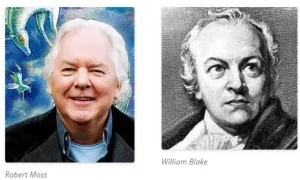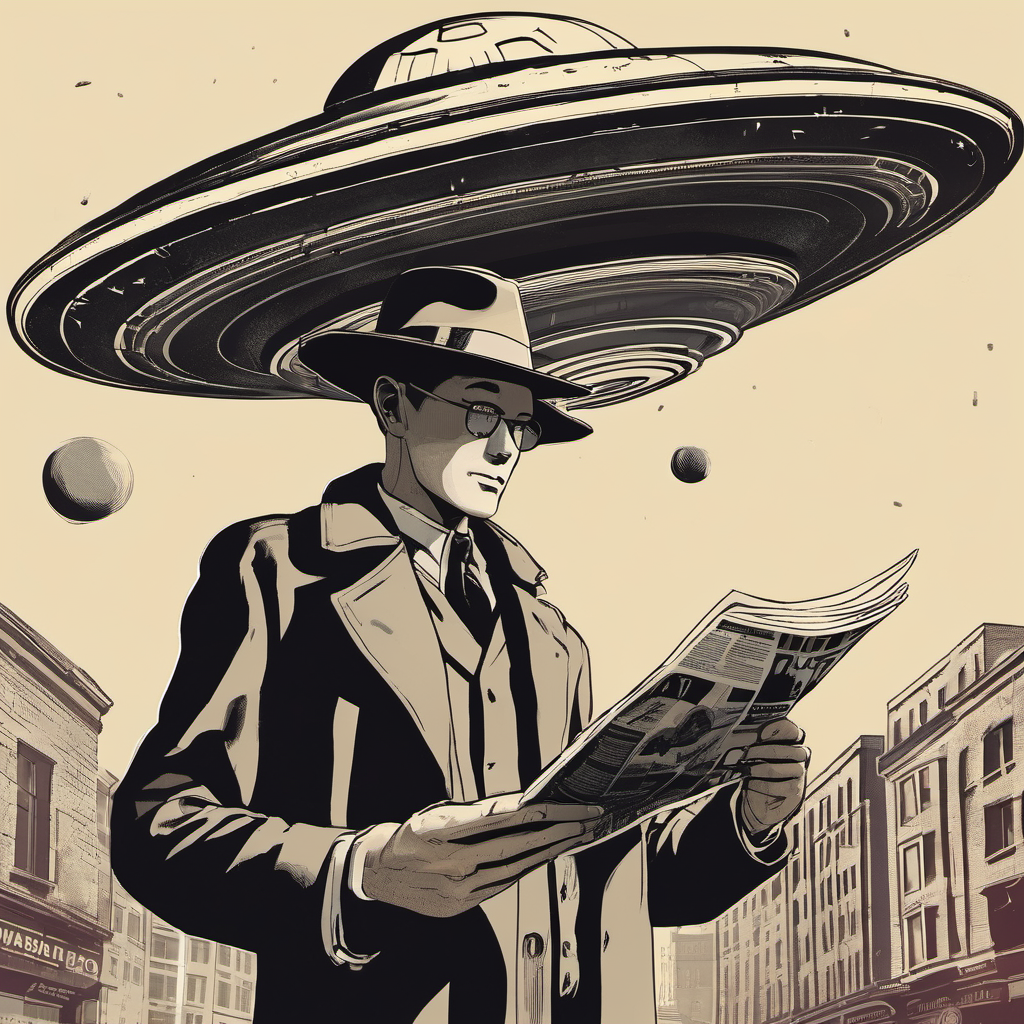 By KEN KORCZAK
By KEN KORCZAK
The title of this book may lead some to believe that it’s mostly about the NDE or near-death experience.
But the author’s story about “dying and coming back” at age nine seems almost a minor anecdote against a backdrop of a lifetime of extraordinary abilities he developed, mostly in the realm of lucid dreaming.
He also is credited with synthesizing a modern form of shamanism that blends ancient practices and innovative, updated approaches.
Even though this book is far more about dreaming than the NDE, the author does a masterful job of showing how both experiences weave together to inform and influence the other.
New York Times bestselling author Robert Moss leverages the unshackled and wildly creative milieu that is our dreaming mind to serve as a launching pad for an intense exploration of the universe — or more perhaps accurately, the trans-physical universe, the “multiverse” and consciousness itself.
Furthermore, the subtitle offers a tantalizing term — “dream archaeology.” When I saw those words — “dream archaeology” — I thought:
“Hell yeah! I’m absolutely down to learn more about that! Let’s go!”
 All this is not to say that the author’s life altering NDE account isn’t fascinating. It’s one of the most unique examples of these kinds of experiences you will read about — even if you have already read hundreds of others. My notion is that Robert Mossis a guy who can’t be defined by a single event, or just one kind of experience, no matter how mind-blowing.
All this is not to say that the author’s life altering NDE account isn’t fascinating. It’s one of the most unique examples of these kinds of experiences you will read about — even if you have already read hundreds of others. My notion is that Robert Mossis a guy who can’t be defined by a single event, or just one kind of experience, no matter how mind-blowing.
Moss is aptly described as a 21st Century shaman. He combines our anthropologically understood definition of the term with that of a post-modern man and scholar. He is a lifelong student of history, ethnography and mythology.
Born in Melbourne, he completed a BA in history at the Australian National University. Moss then went on to complete a master’s degree in history. He was accepted as a Ph.D. candidate at University College in London but left that when he was hired as a reporter for The Economist.
Get this: Robert Moss is credited with the creation of British Prime Minister Margaret Thatcher’s famous nickname: “The Iron Lady.” That came about after Moss was tapped to write a speech for Thatcher in 1976. It warned about the build-up of Soviet military power. In response, an editorial writer for the Soviet Army publication, Red Star, tagged Thatcher as The Iron Lady.
Moss’s career in journalism and government earned him the prestigious Freedom Prize issued by the Max Schmidheiny Foundation of the University of St. Gallen
 A history professor and journalist, the Australian-born Robert Moss scratched the itch of his ambitions for a career in literature by writing international spy thriller novels. His first big success, Moscow Rules landed on the New York Times Best Seller list and stayed there for weeks.
A history professor and journalist, the Australian-born Robert Moss scratched the itch of his ambitions for a career in literature by writing international spy thriller novels. His first big success, Moscow Rules landed on the New York Times Best Seller list and stayed there for weeks.
He would score three more NYT best sellers. These successful novels made Moss piles of cash and a hot commodity among publishers.
He could have continued to rake in lucrative book deals as a Tom Clancy or Frederick Forsyth-style writer — but it seems he was unable to keep his true nature at bay.
Moss felt the ancient calling to adopt the identity of shamanic dream teacher, dream world traveler and explorer of consciousness.
He gave over to writing books that were about dreaming or/and dovetailed with dreaming. One was his historical novel, The Firekeeper, which he wrote after experiencing psychic and/or dream contact with a real person from history, Sir William Johnson. The latter was a significant figure in the French and Indian War of 1754–1763.
Moss combined direct psychic dream contact with Sir William Johnson with intensive field research to create a powerful historic novel that was well received by critics and praised by literary giant James A. Michener.
This book, The Boy Who Died and Came Back to Life, is somewhat autobiographical in that Moss makes use of key events in his life, beginning with his NDE at age nine. He describes how turning one’s mind away from mere material perceptions and toward the wider spectrum of consciousness can result in marvelous, mind-expanding adventures.
Moss uses the term “dream archaeology” to describe a method of researching our past. This involves direct access of historical eras and the bona fide, actual souls of long-dead historic figures so that we can communicate with them and learn from them directly.
Dream archaeology is a way to transcend mere historical facts as they are traditionally recorded in our texts to uncover the broad, psycho-social, spiritual and, well, I guess the larger cosmic context of significant past events.
It’s an amazing book!
It’s too rich in scope and detail for one short review to encompass here, so I won’t try. I’ll just say that this work gets my top recommendation The Boy Who Died and Came Back is a heady feast providing not only food for thought but a veritable banquet for contemplating the vast mysteries of mind and multiverse.
Furthermore, Moss is an elegant writer — a gifted wordsmith who commands a silky flowing prose that often borders on poetic yet remains clear and accessible for any reader.
 One last thing: After learning about Robert Moss and reading several of his books, I came to the somewhat fanciful notion he is the reincarnation of the 18th Century English painter, poet and printmaker William Blake. You might agree if you read up on Blake, study his work and visions, and also Google a picture of Blake. Compare Blake’s images side to side with that of Robert Moss. They look something alike.
One last thing: After learning about Robert Moss and reading several of his books, I came to the somewhat fanciful notion he is the reincarnation of the 18th Century English painter, poet and printmaker William Blake. You might agree if you read up on Blake, study his work and visions, and also Google a picture of Blake. Compare Blake’s images side to side with that of Robert Moss. They look something alike.
SEE MORE: KEN-ON-MEDIUM
